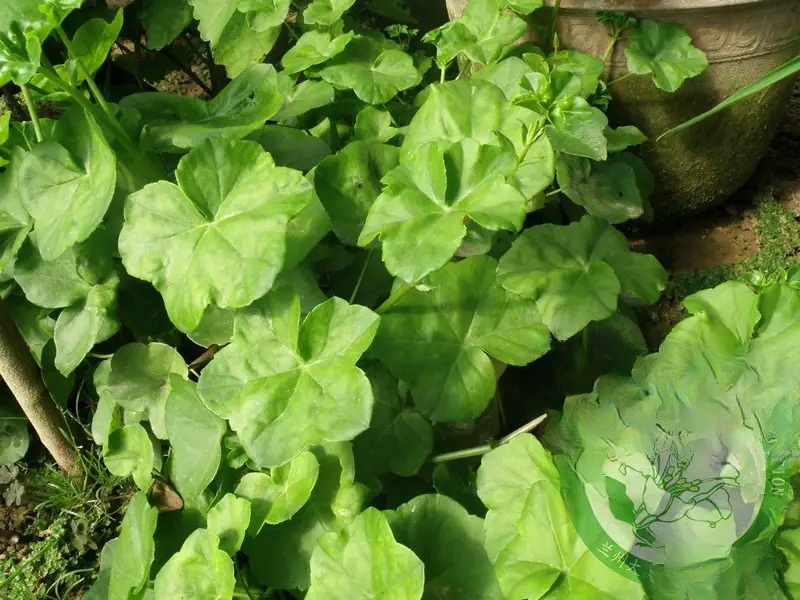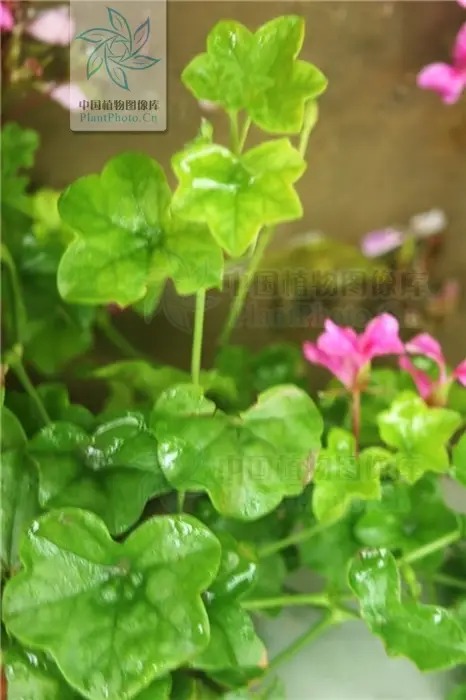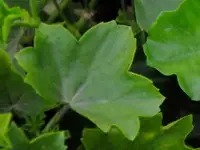Cultivation of pelargonium



Scientific Name: Pewlargonium Peltatum
Other name: pelargonium
Family: Geraniaceae
Genus: Geranium
Origin Distribution
It is native to the Cape of Good Hope in Africa and is cultivated in various places.
Growth habit:
It likes sunlight, but is also shade-tolerant. It is afraid of cold and needs to be grown in a greenhouse.
It is not tolerant of water and humidity. It likes loose, well-drained soil.
Morphological characteristics
It is a shrub-like herb. It is creeping, with brown stems and branches, and green or reddish young stems. The leaves are ovate or obovate, smooth, thick and leathery, with sparse teeth on the edges. The flowers are umbels, and the colors are deep red, pink and white. Growth habits It likes sunlight, but is also shade-tolerant. It is afraid of cold and needs to be cultivated in a greenhouse. It is not tolerant to waterlogging. It likes loose, well-drained soil.
Garden use
It is suitable for potted viewing and reproduction and cultivation. It can be propagated by cuttings. It will take about 20 days for it to take root, and then it can be transplanted into a small flowerpot.
Reproduction method:
Both sowing and cuttings are possible, with cuttings being the main method. Cuttings can be used in all seasons except July to August when the plants are prone to rot. Cut strong branches about 10 cm long, dry them for several hours (only one or half a leaf is left on the top), insert them into clean river sand about 3 cm deep, place them in a shaded area, keep the soil moist, and they will take root in about 1 month. Sowing is usually done immediately after harvesting, and seedlings are very easy to emerge.
Cultivation management:
The creeping geranium is not very demanding on the soil, but well-drained sandy loam is suitable.
The creeping geranium likes the sun, but avoids exposure to the sun. It should be placed in the shade in summer. At this time, the plant is in a semi-dormant state, and fertilization should be stopped. Fertilization is mainly based on phosphorus and potassium fertilizers, and organic liquid fertilizers are appropriate to avoid excessive growth and affecting flowering. In order to make the plant full and grow neatly, the tops should be pinched several times during the growth period to promote new branches. At the same time, yellow leaves or too large leaves, as well as overly dense and weak branches, should be removed in time to make the inside of the plant transparent. Move it indoors to a sunny place with good ventilation before and after the frost, and the temperature should not be lower than 5℃ to avoid frost damage. At this time, watering should be strictly controlled.
The creeping geranium grows quickly and should be repotted once a year, and old roots should be removed in time. Repotting should be done before and after leaving the room in March and April.